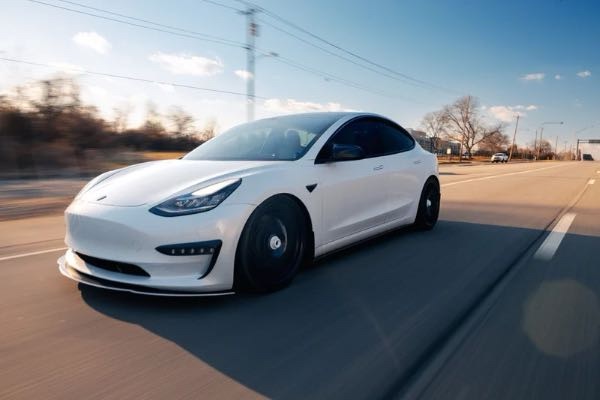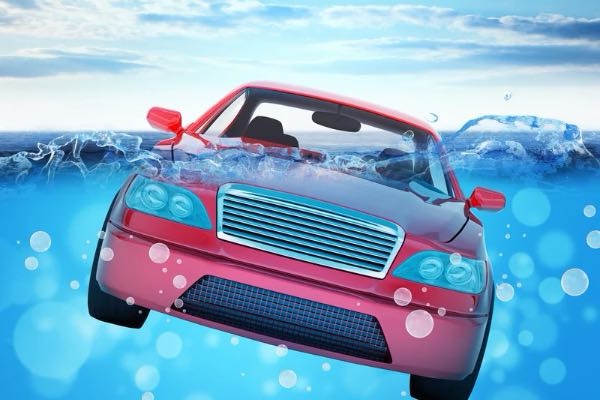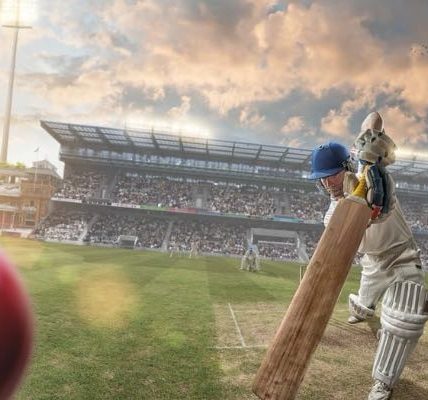You don’t think about it until you have to.
One wrong turn. A flooded road. A slippery bridge.
Suddenly, your car is in the water — and you have less than 60 seconds to escape before water pressure seals your fate.
For most vehicles, that’s a worst-case scenario with a terrifyingly slim margin for survival. Power windows stop working. Doors become impossible to open. Panic rises faster than the water.
But Tesla engineered for the unthinkable.
When water enters the cabin, certain Tesla models automatically roll down the windows and open the trunk — offering vital escape routes before the vehicle becomes a tomb.

It might sound like a small detail. But in a life-or-death situation, seconds save lives.
The Science of Submersion: Why Cars Become Traps
When a car plunges into water:
The vehicle may float briefly, usually 30–60 seconds. Water pressure rapidly builds outside the doors, making them impossible to open. Power systems — including windows and locks — often fail within moments. The cabin fills up, leaving little air and even less time.
In most cars, the solution is grim: break a window. But without a tool or superhuman strength, it’s rarely possible under stress.
According to a 2020 report by the National Highway Traffic Safety Administration (NHTSA), over 400 people die each year in the U.S. alone from vehicle submersion — often because they couldn’t escape in time.
Tesla’s Underwater Emergency Escape System
Tesla’s safety response system — while not formally advertised as “underwater mode” — is designed to react to water ingress by:
Rolling down the windows automatically Opening the trunk (in applicable models)
These actions reduce reliance on power systems and give passengers more than one exit point — something unheard of in most cars today.
It’s an edge-case scenario, yes.
But it shows a powerful lesson in designing for the worst, not just the best.
Why This Matters Beyond Tesla
This feature reflects more than automotive engineering.
It reflects a mindset of foresight — of thinking ahead when others won’t. Of building with empathy, imagining the sheer panic of being trapped in the dark, underwater, and out of options.
Most manufacturers focus on mileage, infotainment, or aesthetics. But Tesla, in this instance, prioritized human survival in a rarely discussed but deadly scenario.
It begs the question:
What else in our lives are we designing reactively — instead of intentionally?
Designing for Real Life — Not Ideal Life
From business plans to relationships, we often build for the best-case scenario. But growth — and survival — often require designing for the storm, not the sunshine.

A health plan for when you’re not at your best A backup for when the system fails An exit strategy for when things go sideways
Tesla didn’t just build a car. They built a system of grace under pressure — a safety net woven into glass and code.
Final Thought: Small Details Save Lives
The next time you hear someone talk about technology or innovation, ask them this:
Does it work when everything goes wrong?
Because real brilliance isn’t just performance on stage — it’s poise in crisis.
In a moment of chaos, a cracked window could be hope. A trunk that opens could be breath.
A line of code could be the reason someone gets to go home to their family.
So yes — a window rolling down might not feel revolutionary.
But in the darkest moments, it just might be everything.




